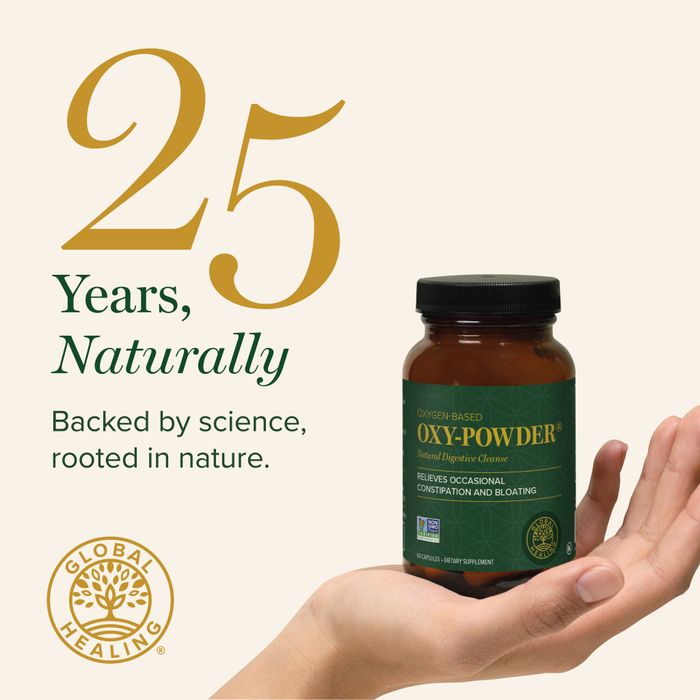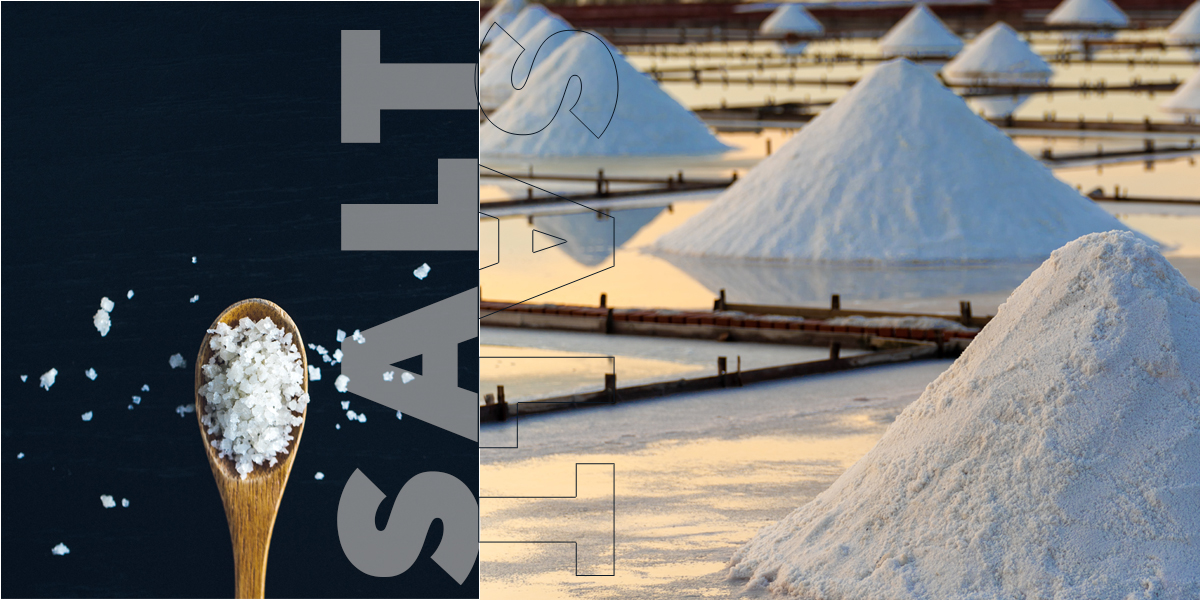
There are many different types of salt, and each has its own unique taste, texture and nutrient profile. Let’s explore some of the most popular varieties.
Anytime you go to the grocery store, you probably see dozens of types of salt. Pickling salt, sea salt, pink Himalayan salt…it can get confusing really fast!
The good news is that you don’t have to be an expert to enjoy the many varieties of salt available. Once you understand the basics of the different types of salt available, you can choose the ones that will complement your cooking, baking and grilling perfectly.
Let’s Talk Salt: The Basics
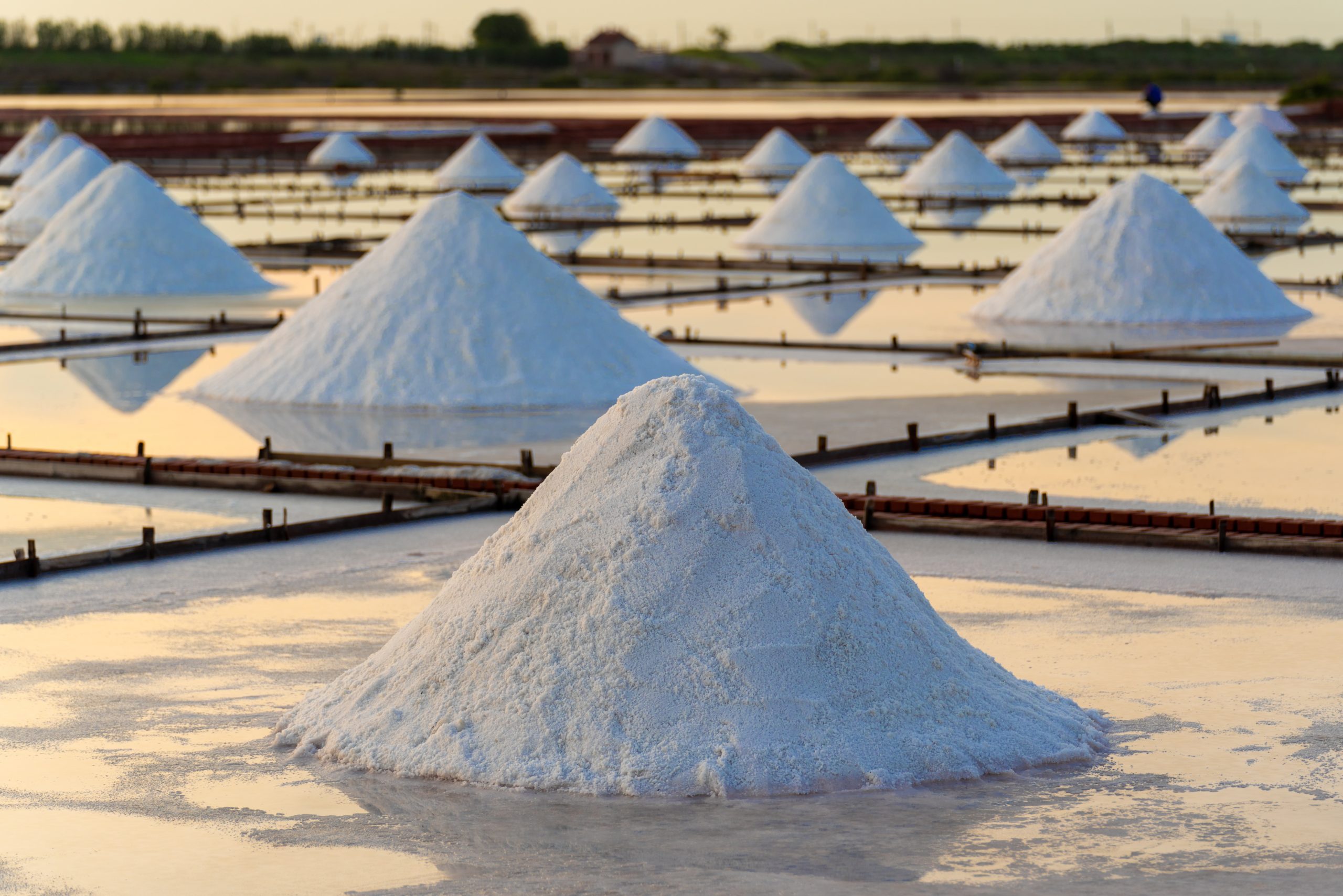
One important thing to know is that all edible salts are similar in composition: they’re primarily a compound called sodium chloride. This means that you don’t need to waste money on expensive salts when you’re mixing them into recipes or meat rubs. Plain old table salt works perfectly fine for that.
Much of the differences between salts comes down to the texture (how coarse or fine it is), the size (are the pieces chunky crystals? Flat flakes?), and how much you’re willing to pay for it. Very few salts have a true taste difference, so it’s usually more about aesthetics and what you’re using the salt for.
Here are a few of the most popular types of salt:

-
Table salt
This is the Old Faithful of salts. Regular, fine-grained white salt, usually fortified with iodine and mixed with anti-caking agents for ease of use. We all know what this one tastes like. It’s one of the cheapest salts around.
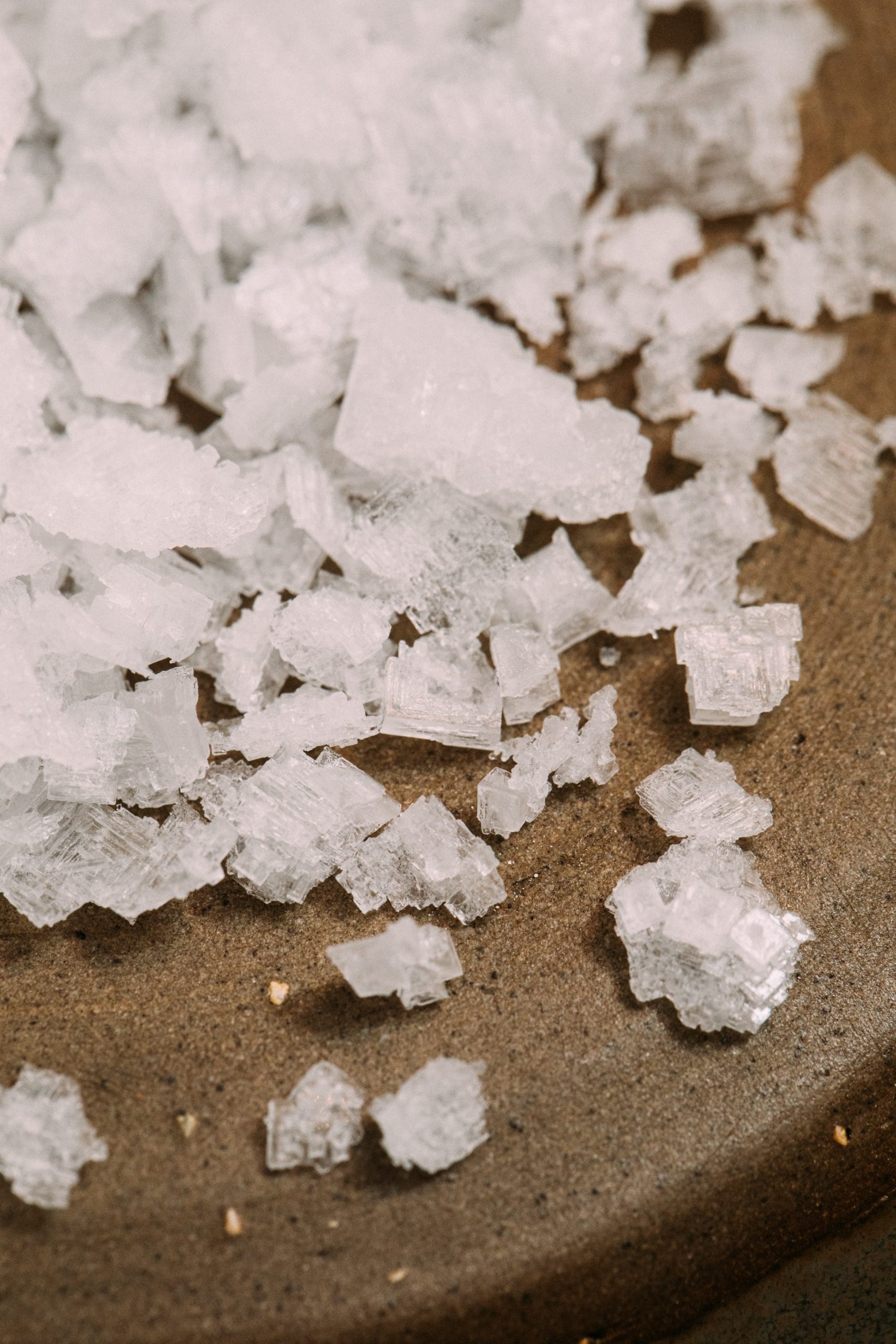
-
Sea salt
Sea salt is also incredibly popular, with some claiming it tastes “more salty” than table salt. It comes from evaporated sea water, and the crystals tend to be much larger than table salt. This one is best as a finishing salt, especially for meats and chocolates.
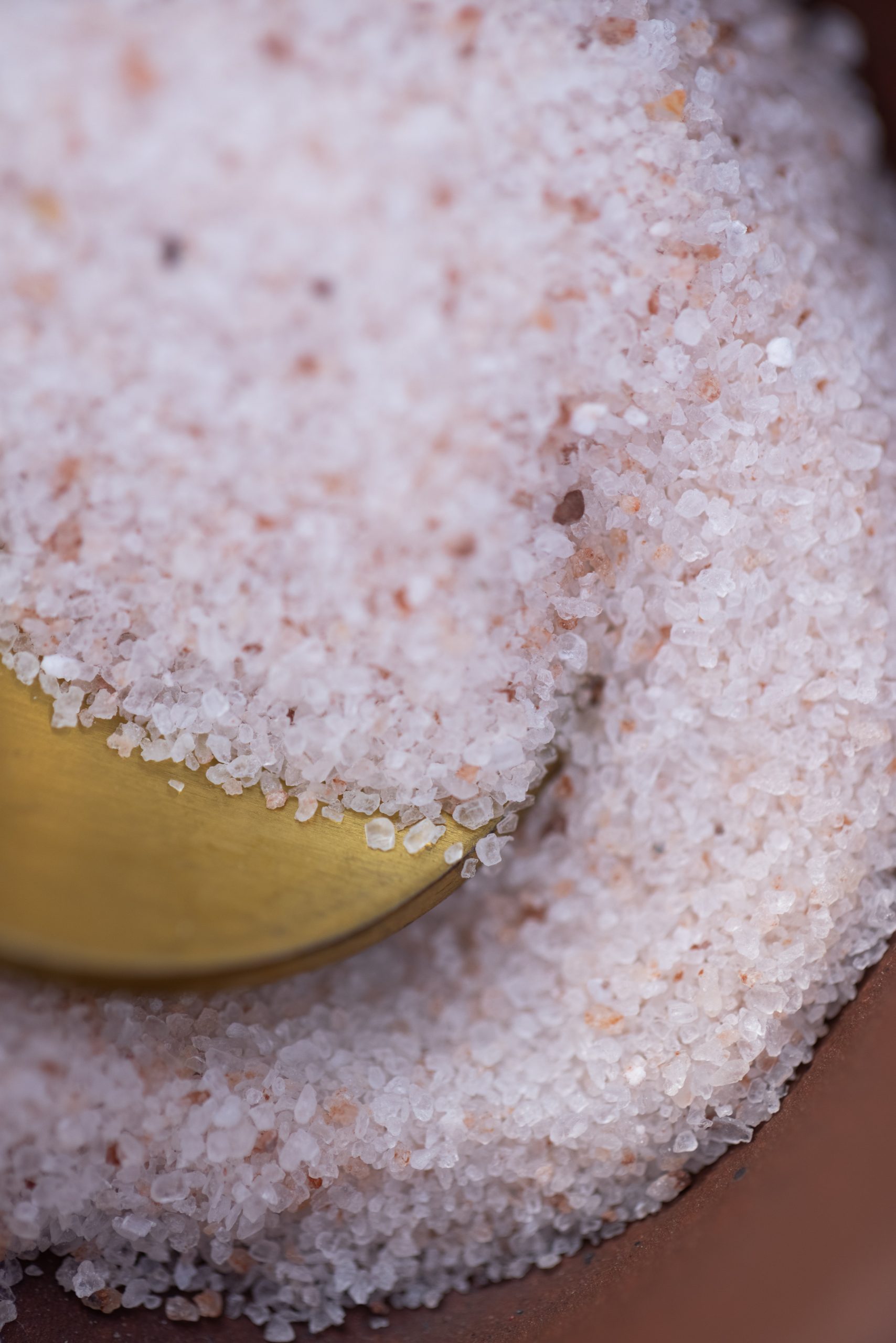
-
Himalayan salt
This one is distinctly pink, which makes it interesting and eye-catching. The color comes from tiny amounts of a compound called iron oxide, but otherwise, this is just plain sodium chloride. Some say it tastes “cleaner” or slightly sweeter than regular salt, but that’s a topic up for debate!
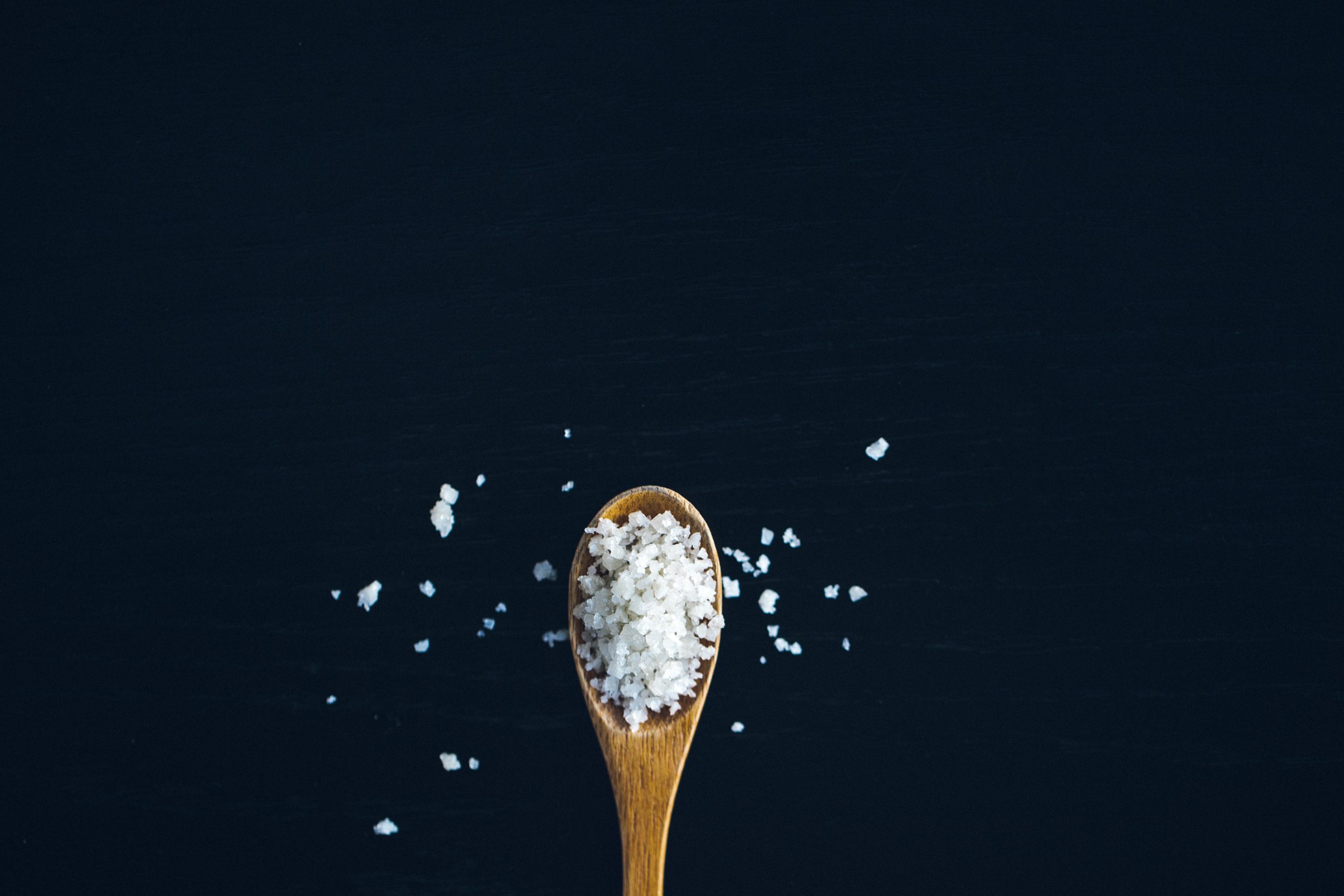
-
Fleur de Sel
This salt is famous for its French origins, but it can also be harvested from other places in Europe and the Americas. It typically contains saltwater microalgae, giving it a slight pink tinge. This is one of the most delicate (and expensive!) salts you can buy, so don’t bother using it in cooking. This is the salt you should place out in a fancy bowl during dinner parties or use as a delicate finisher for desserts and high-quality cuts of meat.
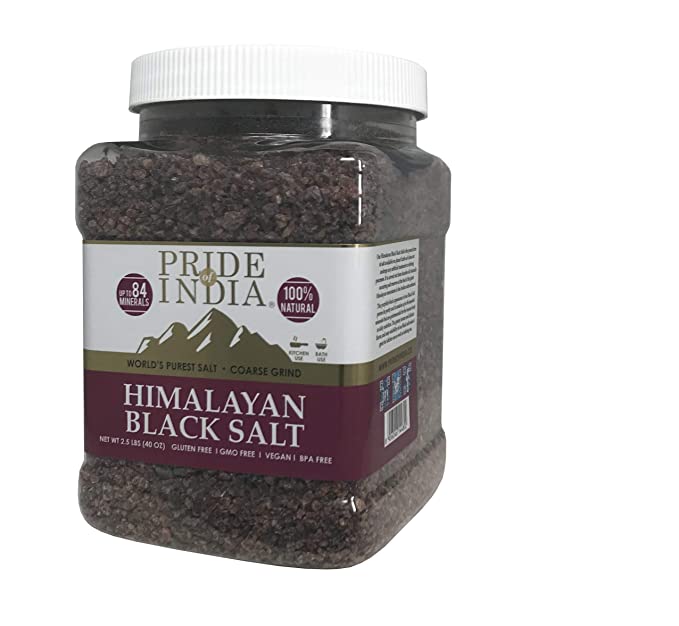
Himalayan black salt comes from the same mountains that produce the pink salt. However, the difference here is that it contains a mineral called greigite, which gives it the distinct grey-black hue, and small traces of sulfur. The mild aroma of sulfur in kala namak makes it taste somewhat eggy, so be cautious about how and when you use this one!
Kala namak is also the only naturally occurring black salt available. Others, like Hawaiian black lava salt and Cyprus black flake salt have activated charcoal added for color and health benefits.
FAQs
-
What is the difference between sea salt and table salt?
The primary difference is that sea salt typically has a coarser texture and is less likely to be fortified with iodine like table salt.
-
Where does table salt come from?
Table salt is just ultra-purified rock salt mined from anywhere in the world. It typically has anti-caking agents added so it can be easily sprinkled on foods.
-
Where does sea salt come from?
Sea salt is made by letting seawater evaporate, leaving the salt crystals and trace minerals behind. It’s a labor-intensive process, so it generally costs more than table salt.




